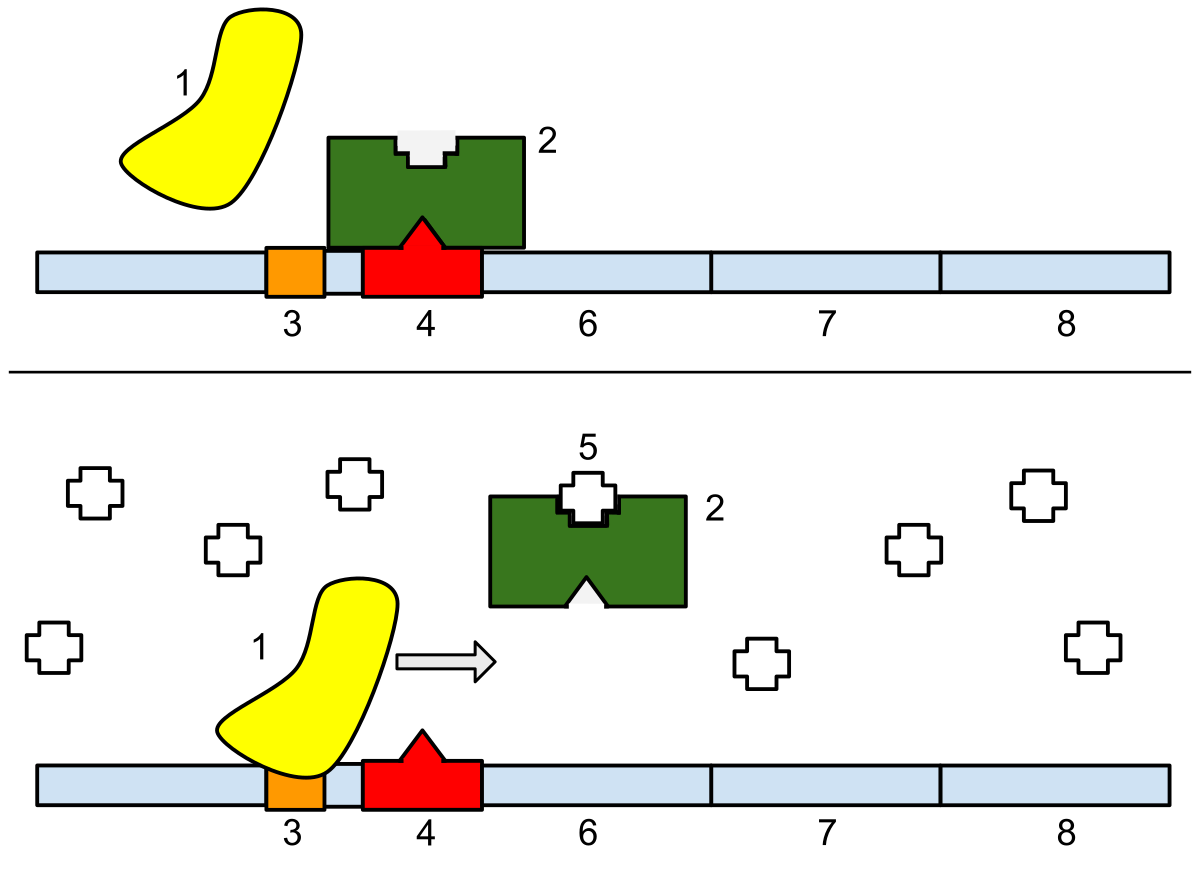So read, then. Show us you've at least looked at the pictures. You mock the experts without studying their expertise
Here, look: the enzyme that makes RNA from DNA is called a polymerase. There isn't just one, there are five or more types.

en.wikipedia.org
The question is, how does RNA polymerase know where to bind and where to start reading out?
The answer is, there is a region preceding a gene, called the promoter. The polymerase bonds to the promoter region, then starts reading out the DNA sequence.

en.wikipedia.org
But it's not that simple. The promoter region is controlled by other proteins called transcription factors.
Transcription factor - Wikipedia
These are timed to either enhance or suppress promotion. To facilitate piecewise evolution there are FIVE LAYERS of control by transcription factors. TF2 either enables or suppresses TF1. TF3 either enables or suppresses TF2. And so on.
Why all this complexity? If you're an engineer, why not just use ONE transcription factor that regulates the gene correctly?
The answer is, because the same gene that codes for blue eyes at birth, also codes for Parkinson's disease later in life. Bits and pieces of genes are re-used, for different purposes. Promoters live inside other genes, and are carved away after being read out.
The principle is sometimes called "layered evolution". Because this way you can change a dog into a wolf by altering a single gene. Because the one gene, will cause a whole cascade of changes, starting in the embryo.
You've probably heard that 98.8% of the human genome is identical to that of a chimpanzee. Which parts are different? Guess what, it's the transcription factors. That, and areas called "endogenous retroviruses", which are even weirder.
This is how deeply genomes are being studied. We can use certain types of MRI image enhancers in chimps, when we're studying their brains, that don't work in humans. This is why. There's a transcription factor expressed in the human hippocampus that degrades the proline in the dye. It's not expressed in chimps, even though the gene still exists. So that 1.2% genetic variation ends up making a huge difference. Note the specific language: endogenous retroviruses can "provide" their promoters. What they're saying is there's a piece of DNA somewhere, that codes for an internal virus that let's one cell communicate with another. When that communication happens, the virus "provides" another little piece of DNA that serves as a promoter in the target cell.
Did you know, that if you turn off all the viruses in the human body (which you can do), the brain stops functioning entirely? True fact. Memory stops, and humans can no longer navigate the streets. We become figuratively brain dead.
Who in the world would design a system this way? I wouldn't. Would you?

